
Drones in Cinema: Exploring the Uses of Drones in Film Production and Filmmaking
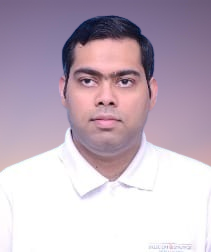
Aerial cinematography has greatly transformed the world of filmmaking, allowing for supreme aerial shots from various perspectives. Using drones in film production has also made a big difference to cinematic storytelling. Drones have now become integral to modern video production, opening up new prospects for filmmakers worldwide.
Hollywood and Bollywood have both stepped on the gas as far as tech innovation is concerned. Recently, the use of drones in the Indian film industry has increased, opening up new avenues for filmmakers to capture stunning videos.

Advantages of Using Drones in Film Production
• Drones, now have a lot of say in film production. There was a time when filmmakers rented helicopters and cranes for aerial shots, which was expensive. On the other hand, drones shoot aerial footage at a much lower cost.
• Drones can capture stunning aerial shots that were impossible to attain earlier. They allow shooting from various angles and altitudes, offering a new perspective.
• Drones create special effects, while they capture footage. Drones can be used to make 3D models of sets. In the Bollywood blockbuster Baahubali: The Conclusion, drones created a digital model of the iconic waterfall used for the film’s climax.
• Drones make the entire process of filmmaking more flexible. Filming stunts with a human camera operator can sometimes be unsafe, but drones can shoot them without putting human lives in danger.

Types of Drones in Filmmaking
DJI is a market leader in drones for video production. The DJI Inspire 2, well-known for its cameras and flight performance, is prevalent among filmmakers making feature films, documentaries, and commercials.
The Mavic 2 Pro and Mavic Air 2 are portable and have brilliant image quality, which makes them handy for aerial cinematography. The DJI Mavic 3 Cine, precisely designed for film and TV production, has an exceptional camera, intelligent flight modes, and cutting-edge safety features tailored for video production.
Skydio has also influenced film production. The Skydio 2 has cutting-edge AI tracking capabilities, allowing it to autonomously follow and frame subjects with extraordinary precision.

Drone Cinematography Techniques
Drone footage has brought about new cinematographic methods tailored specifically for aerial shots.
• One of the most compelling techniques is the “orbit shot." In this technique, the drone circles a subject or location, creating a dynamic and immersive viewing experience.
• The “reveal shot” is another technique in drone cinematography. Here, the drone starts with a tight frame focused on precise details and then gradually pulls back to disclose a larger context. This technique effectively creates a sense of magnificence and scale, captivating spectators with the unfolding visual narrative.
• Tracking shots, where the drone follows a moving subject, have also become a mainstay in aerial cinematography. These shots add dynamism to action sequences, character-driven moments or live-streaming events, improving the viewing experience.
• Another technique is the “fly-through shot,” in which the drone steers through tight spaces, creating a sense of engagement for the audience. This technique has been used greatly in urban settings and fantasy or science-fiction movies.

Today’s Challenges, But Opportunities for Future
While drones have opened up new possibilities in film production, there are also some challenges to be dealt with. One of the most important challenges is the impact of weather conditions on drones.
• Drones are sensitive to wind, rain, etc., which impact their flight performance and the quality of the footage.
• Battery life should also be given heed in drone cinematography. Most professional drones can stay in the air for 20-30 minutes, a constraint for long shoots. Efficient battery management and backup power sources are vital to guarantee smooth aerial filming.
• Legal regulations also play an important role in the use of drones for film production and content creation. There are strict rules governing drone flight and requirements for pilot certification. Filmmakers must adhere to these regulations to evade legal issues.
• Safety concerns are paramount when operating drones on film sets. If not operated properly, drones can pose risks to the people present on sets. Abiding by safety protocols and risk valuations and having experienced pilots are important to mitigating possible hazards and guaranteeing a safe working environment with drones.
• Technical limitations can also influence the efficiency of drone cinematography. Certain environments may have signal interference or obstructions, disrupting the drone’s performance and the quality of the captured footage.
• Also, drones have limited payload capacity. While drone advances continuously expand these abilities, there might still be scenarios where traditional aerial cinematography methods are more suitable.
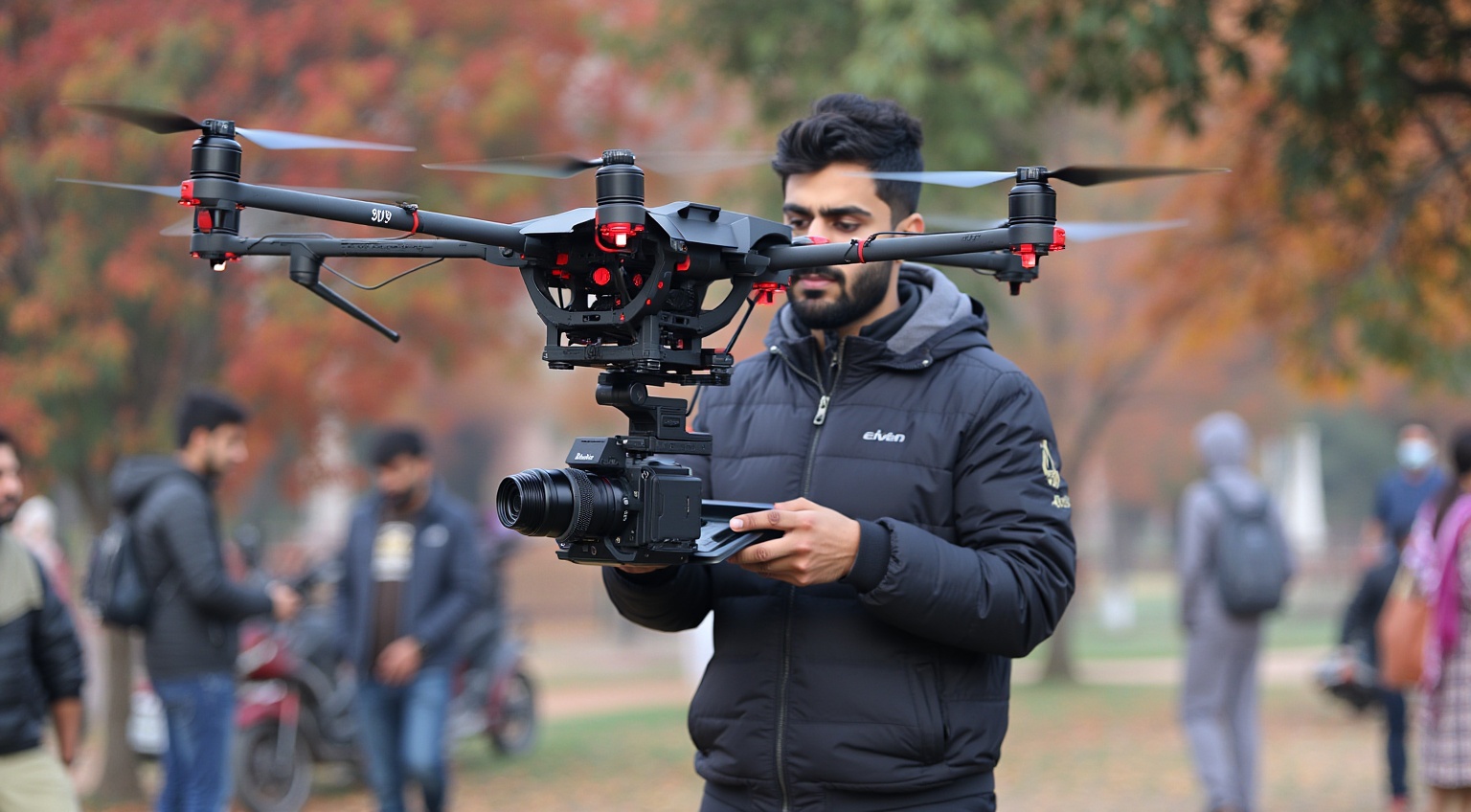
History and Use of Drones in Filmmaking and Production
The advent of consumer drones was in the early phases of the 2000s when DJI, Parrot, and Yuneec started to produce small, lightweight drones with cameras. These drones were chiefly used for aerial photography and videography.
With drones going from strength to strength, filmmakers started using them in film production more and more.
Since then, drones have been used globally in the film industry to capture aerial shots. In the early stages, drone film production was limited to hobbyists and filmmakers who wanted to experiment.
But drones have come a long way since then. In the current scheme of things, they create some of cinema's most iconic aerial shots, showcasing their impact on cinematic storytelling.
• The James Bond film Skyfall, arguably the first major film to use drones, pioneered drone usage in the iconic spy franchise. The magnificent aerial shots of Istanbul and the Scottish Highlands showcased the exquisiteness of the locations. They added a unique spectacle to the action sequences, inspiring the viewing experience.
• In the Lord of the Rings trilogy, drones captured comprehensive landscapes and established the epic scale of Middle-earth. These aerial shots transported audiences to Peter Jackson's fantastic world.
• In Game of Thrones, drone cinematography captured Westeros's vast landscapes. From the subzero vistas of the North to the arid deserts of Dorne, aerial filming permitted the audience to immerse themselves in the show's world, enhancing the immersive storytelling.
Drone footage offers exclusive perspectives and allows dynamic camera movements. It takes audiences' visual experience to the next level and pushes the limits of what is possible in contemporary filmmaking.
Drone cinematography has transformed filmmaking and TV production, opening new possibilities with tech progressions, further drone capabilities innovations, and VR and AR integration, enhancing cinematic storytelling.
Drone use in the Indian film industry has improved and transformed filmmaking. From decreasing costs to offering exclusive perspectives, drones have opened up new potential for filmmakers to tell their stories. Drones will revolutionize the Indian film industry further in the years to come.
Coming to a Concrete Close
It has already been mentioned that with the increased demand for drone pilots in Bollywood, Hollywood, and other industries, more and more people are taking up a career as drone pilots.
If you are one of them, you can enroll with Flapone Aviation for the finest theory and practical training. Talking about the cost of training, it is competitive in this segment, considering we have some of the best drone instructors to guide you through the journey of becoming a drone pilot and open up new avenues to make it big.
Related Blog
Latest updates and insights from Flapone Aviation.
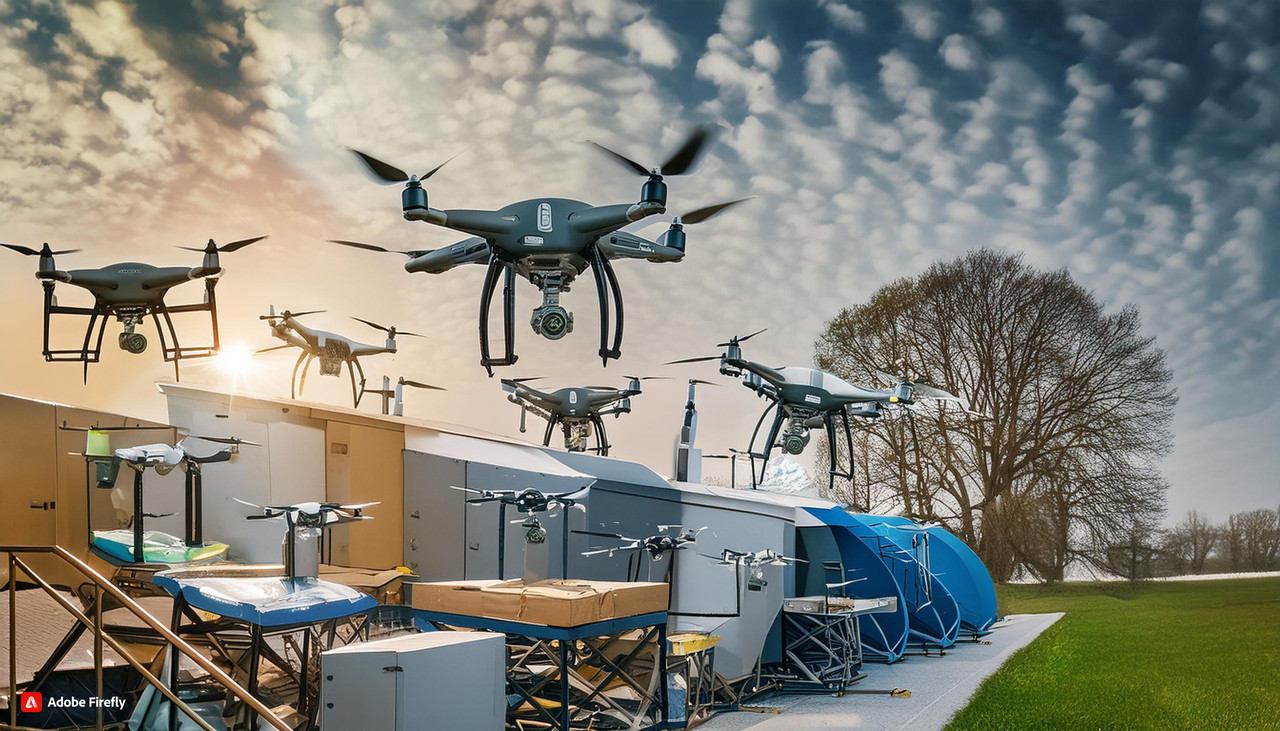
What Types of Drones Are Present in the Market?
October 8, 2024
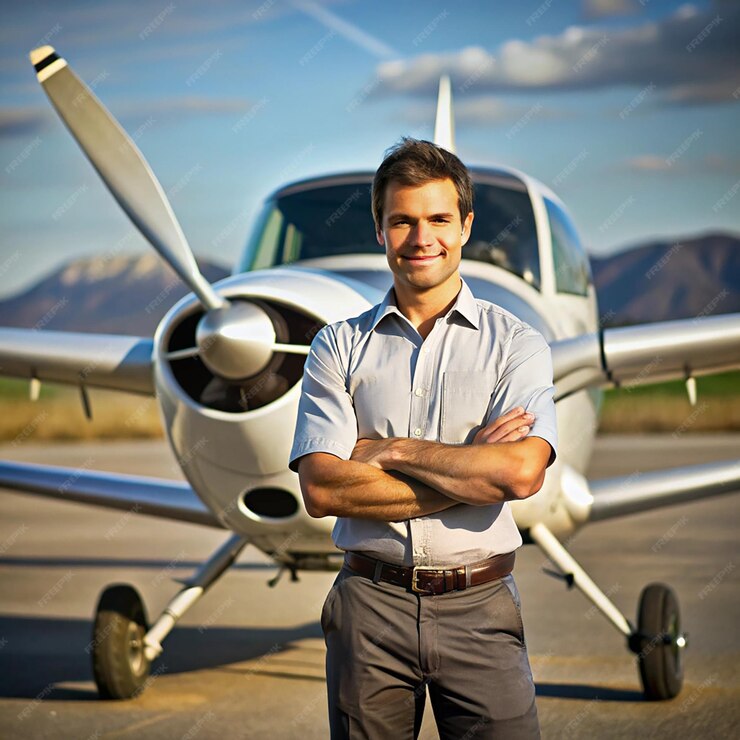
How to Become a Pilot After 12th in India?
February 7, 2025
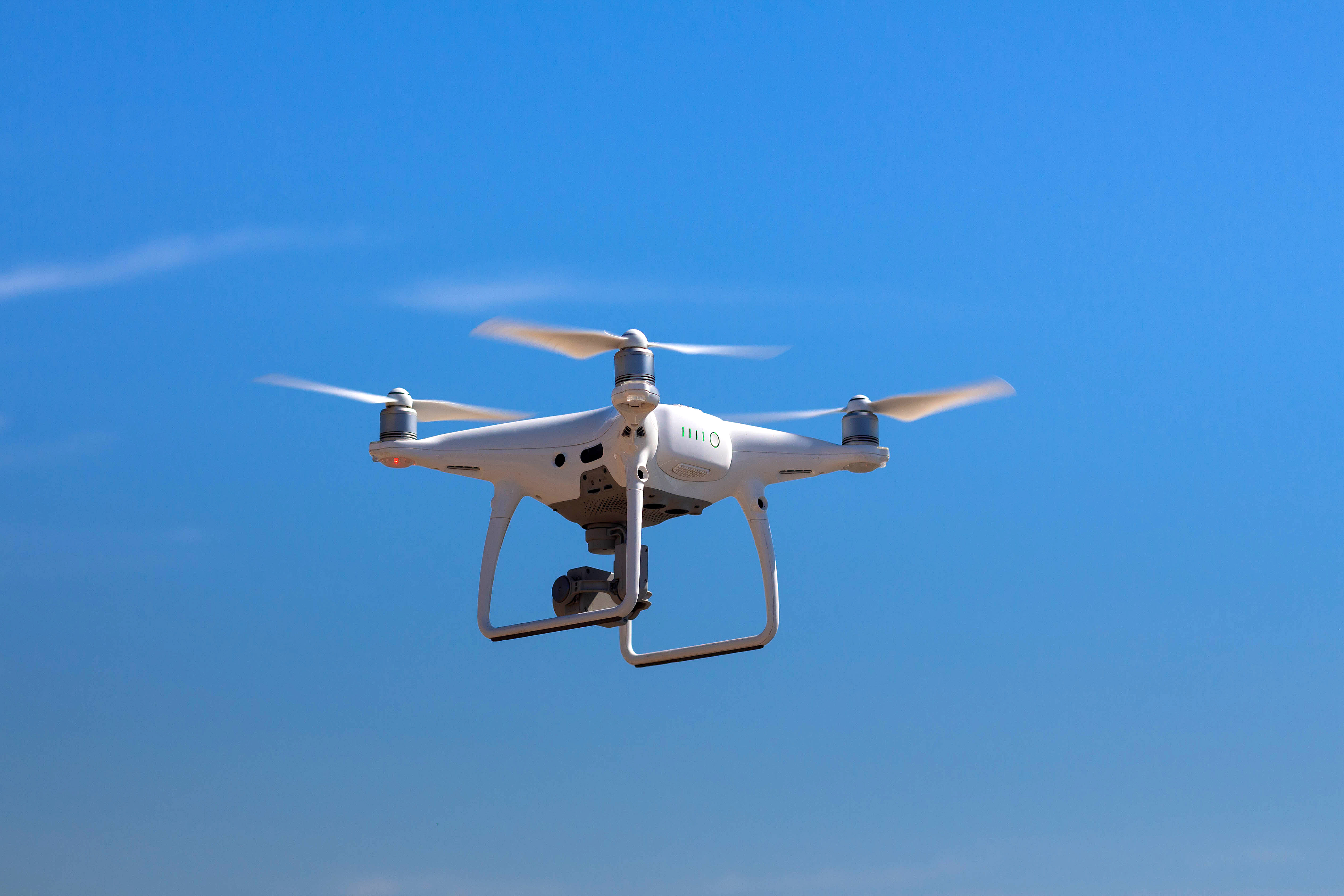
What are the Basics of Drone Piloting?
February 7, 2025




Author Bio
A dynamic and seasoned content writer with 6 years of experience curating content for different platforms. With the knowledge of all the cogs of content writing and SEO, he has served in various industries. He believes that content is the kingpin, and if penned well, it has a lasting impact on the minds of the readers. Apart from content creation, he is also an ardent poetry lover and performer. He has two publications of his poetry collection, namely Alfaaz and Chestha